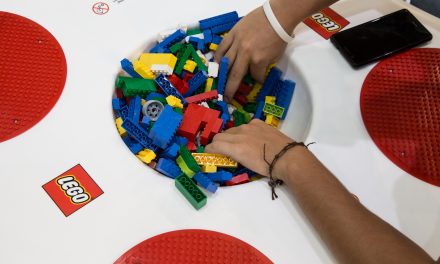Question: Why do we design all the learning for a course (i.e. the syllabus) before we every meet a single student? Answer: Because there’s no alternative. At least, not for those of us in Higher Ed.
When you really stop and think about it, does it make ANY sense to design the syllabus before meeting your students? I’ve been noticing that school systems that get good learning results have an interesting common characteristic. The instructors stay with the same students for several years. They learn how their students learn best and design the learning to suit their needs. There is an excellent article in Smithsonian called, Why are Finland’s Schools Successful? Finland is now considered, by international exam comparisons, to be one of the best in the world. There are many reasons why Finnish students are so successful, but I’d venture a guess that at least one key is instructors taking the time to get to know their students learning quirks (knowing they will be teaching them for several years). The ability to flex the curriculum as needed, knowing that extra time spent this year can be made up next year when students are better prepared, is invaluable.
In U.S. higher education, especially in the first two years of courses, we rarely see our students more than once. We certainly can’t depend on seeing our students the next semester … and so we have to push the curriculum out to properly “prepare” our students for the next course, for the next professor. What a shame. With more flexibility and a better understanding of how our students learn, we might be able to engage in more successful learning strategies.
I think we could accomplish a lot by keeping our students for more than one semester … but the question is how could it be done? I’m open to suggestions here.




